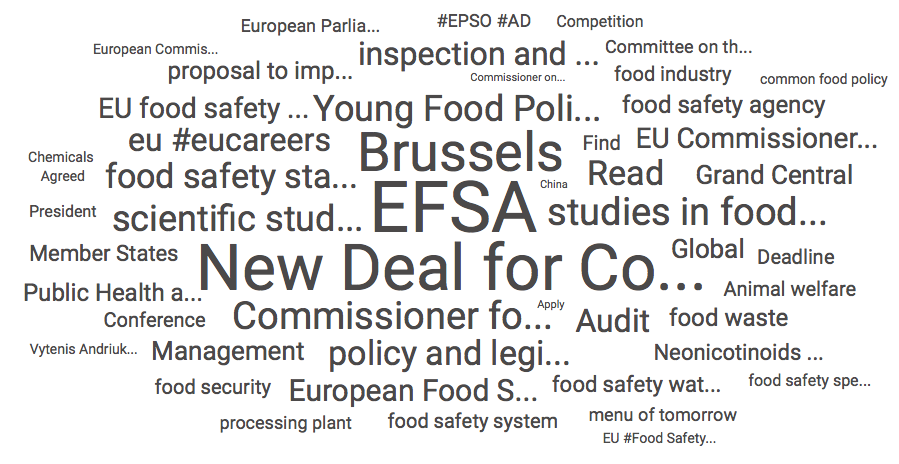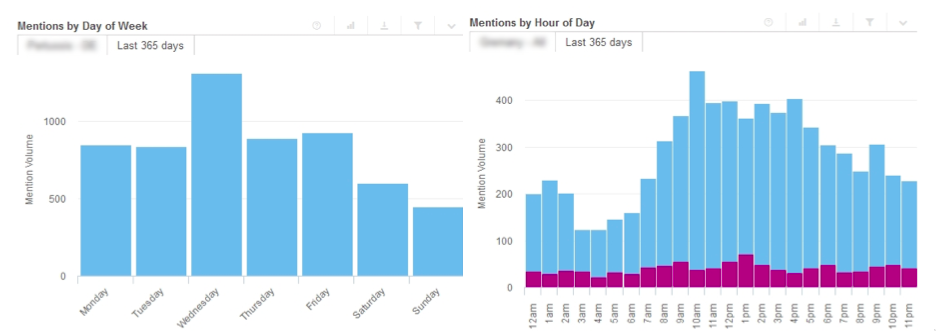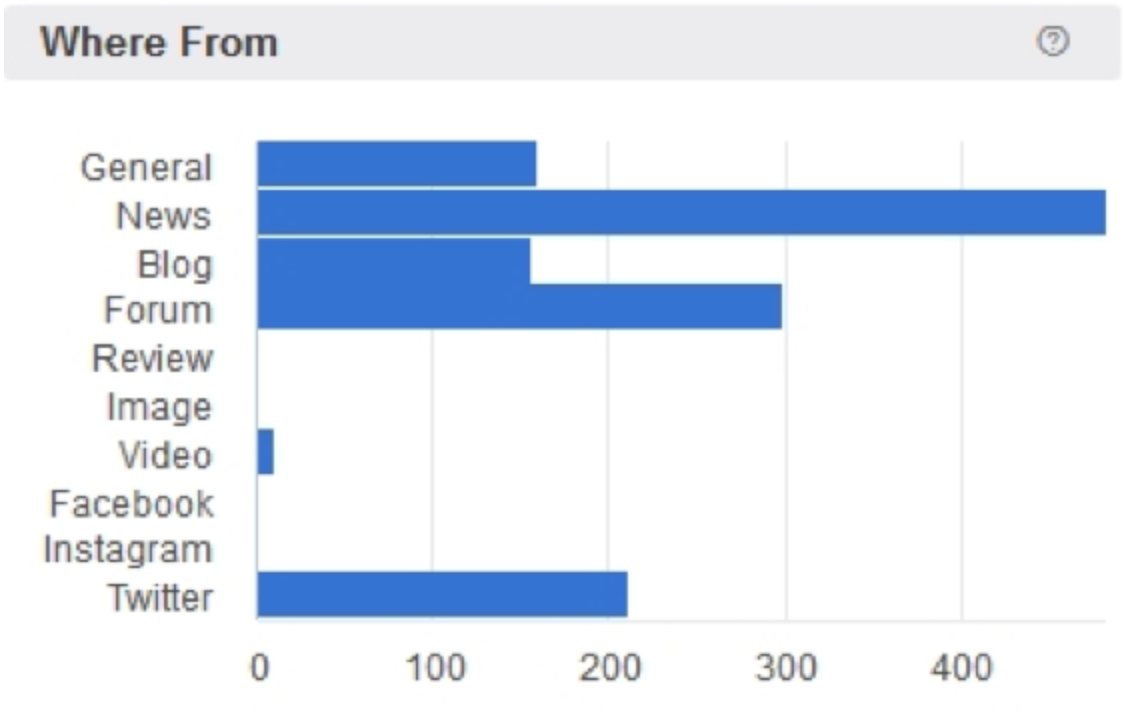Imagine being outside polyglot Brussels for a moment and trying to have a conversation with someone who doesn’t speak your language well. Some of the words you use can have little meaning for them or mean something different to them than what you meant.
Similarly, if you want to get your message across effectively online, you need to be certain you are using words your audience recognizes and understands in the same way you do. Otherwise, you’ll find yourself tweeting all day long and failing to generate a conversation.
Assuming we know what people are thinking is a common error – even in everyday life, often leading to misunderstandings and sometimes worse. And when it comes to social media conversations, avoiding assumptions can be crucial. Research is essential for gaining a proper understanding of how a conversation is taking place online and identifying what words are key and in which ways things need to be said.
First, we need to look at the different keywords related to your area – not necessarily the terminology used in your organization. We usually believe there is a single keyword that drives the conversation, but research often throws up different ones as hot topics.1 For example, hot topics around food safety in Brussels over the past year were, among others, “new deal for consumers”, “young food policy network”, “neonicotinoids” and “food waste”.

Next, we need to look at trends: which keywords are on the rise, and which are falling into disuse. We need to be using keywords that are on the up. Here we can see how the search of “digital marketing” worldwide on Google has increased over the past 5 years.2

We should also check which languages are being used in the conversation and whether a keyword is translated or remains in its original language, such as the German Spitzenkandidat. Young people often use an English keyword to talk about a topic instead of the word in their mother tongue. The following chart shows the language used in Germany for users interested in Medicine, Doctors, Prevention of diseases, Public health on Facebook.3

Finally, we need to look at how concepts may be grouped. Sometimes, users group products, services or concepts into one catch-all word, for instance, in some countries most people don´t talk about measles, mump and rubella separately, but they about the 3 vaccines together as MMR.
With so many conversations going on, you need a good opening line to start yours. And for that you need to find the right keywords, the hot topics your audience is interested in, and the #tags that are bringing these conversations together. Fortunately, the information is out there for us to find – online.
There’s a right time to start a conversation
Timing is critical for starting a conversation successfully. If we get to the party too early or when everyone has left, we’ve missed our chance. So, the other information we map is whether your subject is seasonal or whether there is a particular day of the week or hour of the day when your target audience is in the mood for a conversation. For an example of seasonality, this is how searches for “pesticides” peak on Google every April-May.4

And, here we can see which days and what times the keywords are mentioned the most.5

You also need to be in the right place and know who you’re talking to
Imagine how you would you feel if after months of trying to talk to your audience, you realize they are not talking about this subject on Twitter, but on different blogs and forums instead.6 That’s why we research on which channel the conversations are happening.

Last, but not least, if we think we know for sure who is having the conversation, we might be wrong again. For instance, when it comes to illnesses among the elderly, we may imagine we are talking with our direct audience (+65), but in fact we are actually talking to their sons and daughters, the people taking care of them. That’s why we research and identify the persona of your audience so we can assess what drives them and how best to address their needs.
So, with the right research, you can find the right opening line for a conversation, when to have it, where to have it and who to have it with. And if we know the right words to spark interest, and the right time for interaction with the right people on the right channels, we can be sure that we are impacting your audience with the right messages.











